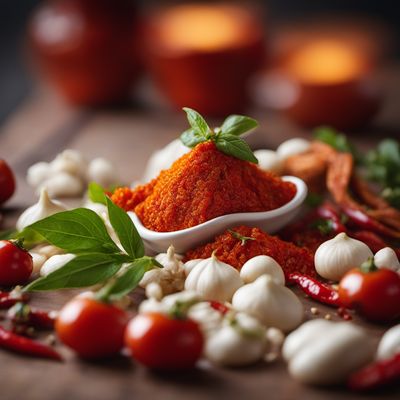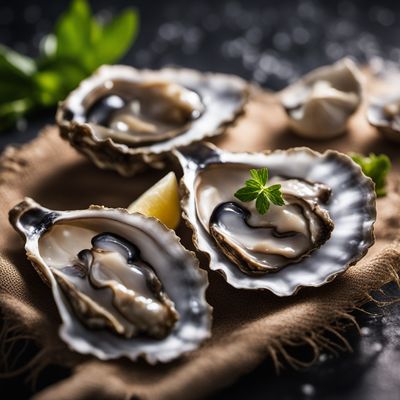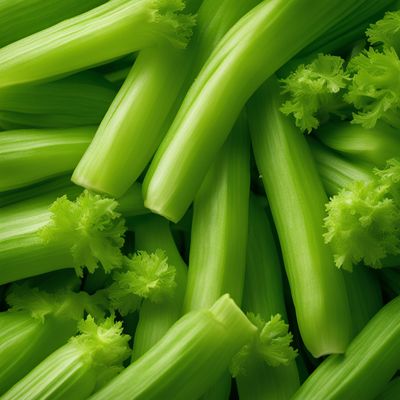
Ingredient
Flavourings
The Magic of Flavourings
Flavourings encompass a wide range of ingredients, including herbs, spices, extracts, and condiments, that enhance the taste and fragrance of food. From the warmth of cinnamon to the zing of citrus zest, flavourings have the power to transform any dish into a flavorful masterpiece.
Origins and history
The use of flavourings dates back centuries, with ancient civilizations like the Egyptians and Romans incorporating various herbs and spices into their cuisine. Over time, different cultures developed their unique combinations and techniques for using flavourings, resulting in a rich tapestry of culinary traditions around the world.
Nutritional information
Flavourings are not significant sources of nutrients, but they add immense flavor to dishes, allowing for reduced use of salt, sugar, or unhealthy fats. They contribute negligible calories and can be a healthier alternative to high-calorie sauces or dressings.
Allergens
Flavourings do not typically pose allergen risks on their own, but it's essential to check the labels of pre-packaged flavourings for any potential allergens, such as nuts, gluten, or soy, that may have been added during processing.
How to select
When selecting flavourings, opt for high-quality brands that use fresh, natural ingredients. Look for products with minimal additives or preservatives, as these can affect the taste and quality of the final dish. Additionally, consider the specific flavor profile you desire and choose a flavouring that complements your recipe.
Storage recommendations
To maintain the freshness and potency of flavourings, store them in airtight containers away from direct sunlight, heat, or moisture. Keep them in a cool, dark pantry or spice cabinet, and avoid storing them near strong-smelling ingredients, as they can absorb odors.
How to produce
Flavourings can be produced at home by infusing herbs, spices, or fruits into oils, vinegars, or spirits. Experiment with different combinations and ratios to create your unique signature flavourings. Alternatively, you can purchase ready-made flavourings from specialty stores or online retailers.
Preparation tips
When using flavourings, start with small amounts and gradually add more to achieve the desired taste. Remember that a little goes a long way, and it's easier to add more flavouring than to reduce its intensity. Experiment with different combinations to discover new flavor profiles and enhance your culinary creations.
Culinary uses
Flavourings are incredibly versatile and can be used in a wide range of culinary applications. They are commonly used in marinades, dressings, sauces, soups, stews, baked goods, and beverages. Whether you're adding a pinch of cinnamon to your morning oatmeal or infusing rosemary into a savory roast, flavourings elevate the taste of dishes across various cuisines.
Availability
Flavourings are widely available in grocery stores, supermarkets, specialty food stores, and online retailers. They can be found in both dried and fresh forms, depending on the specific ingredient.
More ingredients from this category » Browse all

Hot & spicy flavour
Fiery Sensations

Melon flavour
"The Refreshing Essence: Exploring the Delightful Melon Flavor"

Oyster flavour
"The Ocean's Umami: Exploring the Delicate and Savory Oyster Flavour"

Celery flavour
"The Versatile Essence of Celery: Unleashing the Delicate Flavors"

Chives flavour
The Delicate Allium

Blue cheese flavour
The Bold and Tangy Indulgence

Jackfruit flavour
The Tropical Delight

Zabaglione flavour
"Velvety Delight: Exploring the Irresistible Zabaglione Flavour"

Rose flavour
The Enchanting Essence of Roses

Sweet chili flavour
Fiery Fusion

Brandy orange flavour
The Essence of Citrus Elegance

Egg yolk flavour
Golden Essence: Unleashing the Richness of Egg Yolk